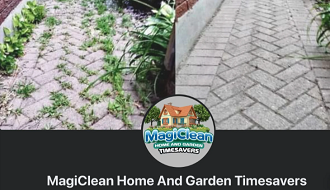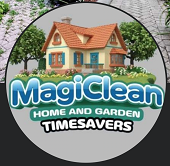Crops Launching on India’s POEM-4 Mission – The Unconventional Gardener
Header: Composite picture displaying a rendering of POEM over India at evening throughout Diwali 2012. Picture credit: NASA/ISRO
The Indian House Analysis Organisation (ISRO) is planning to launch its PS4-Orbital Experiment Module (POEM-4) earlier than the tip of 2024, full with two astrobotany experiments. That is the primary time that India has flown organic experiments to house on an Indian rocket.
POEM missions make use of the spent fourth stage of the Polar Synchronous Launch Automobile (PSLV), which might in any other case change into house particles instantly after it has carried out its job and launched the first payload into house. Recycling it into an experiment module permits researchers to conduct microgravity experiments in orbit for as much as three months, typically proof-of-concept investigations and know-how demonstrations.
POEM-4 (the fourth mission within the collection) carries 24 payloads, together with two involving house vegetation.
The primary is the Compact Analysis Module for Orbital Plant Research (CROPS), a completely automated system developed by the Vikram Sarabhai House Centre (VSSC). ISRO needs to construct its functionality to develop and maintain vegetation in extraterrestrial environments and this 5 to 7-day flight experiment will show seed germination and plant development to the two-leaf stage in a microgravity surroundings. It entails eight cowpea seeds in a closed-box surroundings with energetic thermal management. The system makes use of passive measurements of oxygen and carbon dioxide concentrations, relative humidity (RH), temperature, and soil moisture, plus digital camera imaging to watch plant development.
Amity College in Mumbai has developed the Amity Plant Experimental Module in House (APEMS) payload. It’s designed to check growth-related adjustments in spinach (Spinacia oleracea) callus in microgravity. A parallel floor management experiment will happen on the college.
APEMS makes use of LEDs for lighting, and a gel medium to provide vitamins. A digital camera on high of the module will seize the colouring and horizontal development of the callus; if it dies, then a color change will probably be apparent. The unit can be fitted with stress, humidity, and carbon dioxide sensors. The analysis workforce hopes to study extra about how greater vegetation sense the course of gravity and light-weight, reply to gravitational stress, and regulate their development course, which might assist increase plant grown on Earth and through future lengthy length house missions.
Reference:
POEM-4 in PSLV-C60 / SpaDeX Mission, ISRO, 22 December 2024.
Except in any other case said, © Copyright Emma Doughty 2024. Revealed on theunconventionalgardener.com.
In the event you loved this publish, please take into account supporting my work. I’ve a subscriber-only Patreon for house plant lovers, or you could possibly simply purchase me a cup of tea:
Many thanks!




















